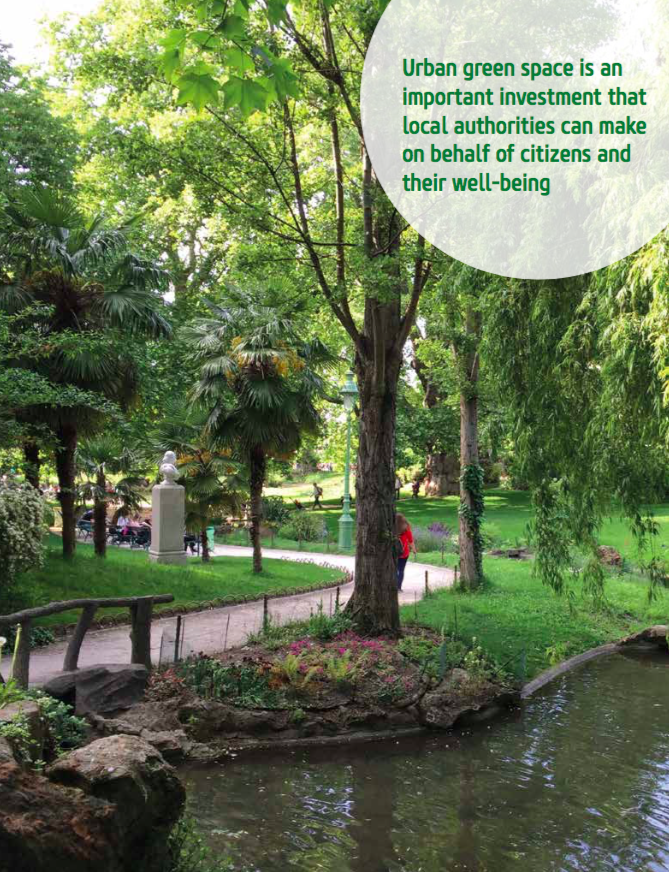For several years, papers have been published about the positive impact of greenness on health, including some synthesis and systematic reviews. Yet, none of them has so far addressed the question of the type of habitats and components of such habitats that have a significant (and preferably positive) effect on mental health and psychological well-being. Read More
Tag: WHO
WHO to fund a systematic review about blue spaces and health
In our ongoing collaboration with the EKLIPSE mechanism, together with Expert Working Group from different European countries and representing various disciplines, we are trying to answer the question: Which types and components of urban and peri-urban blue / green spaces have a significant impact on human mental health and mental well-being? EKLIPSE is project funded Read More
WHO calls for action to make cities greener
For many years, the World Health Organisation (WHO) has made various moves to emphasize and promote mental health as one of the major issues of the developed world. Already in 2005, it stated that Europe’s biggest problem today is the effects of mental disorders of the European population. A quarter of the population suffers from Read More



